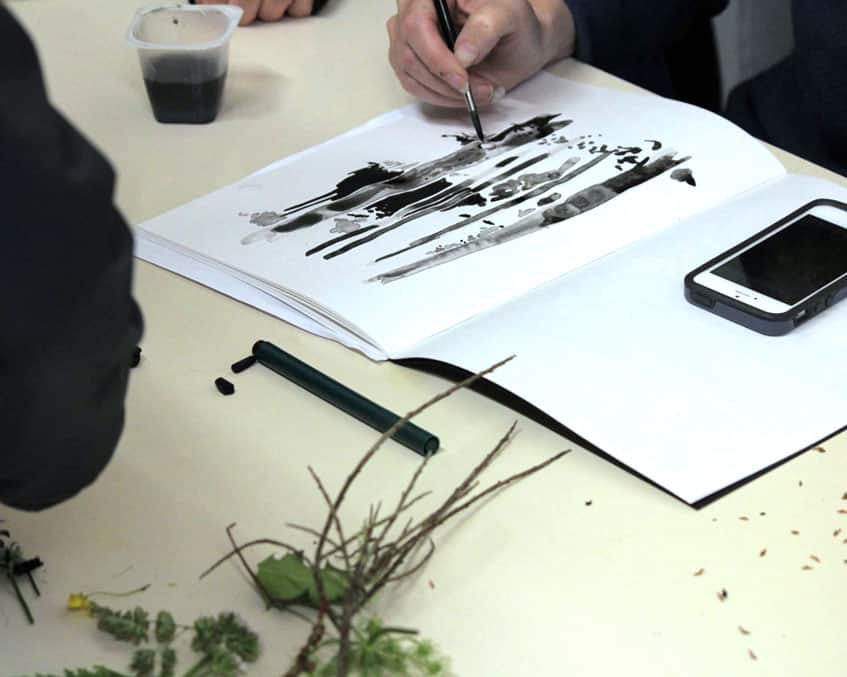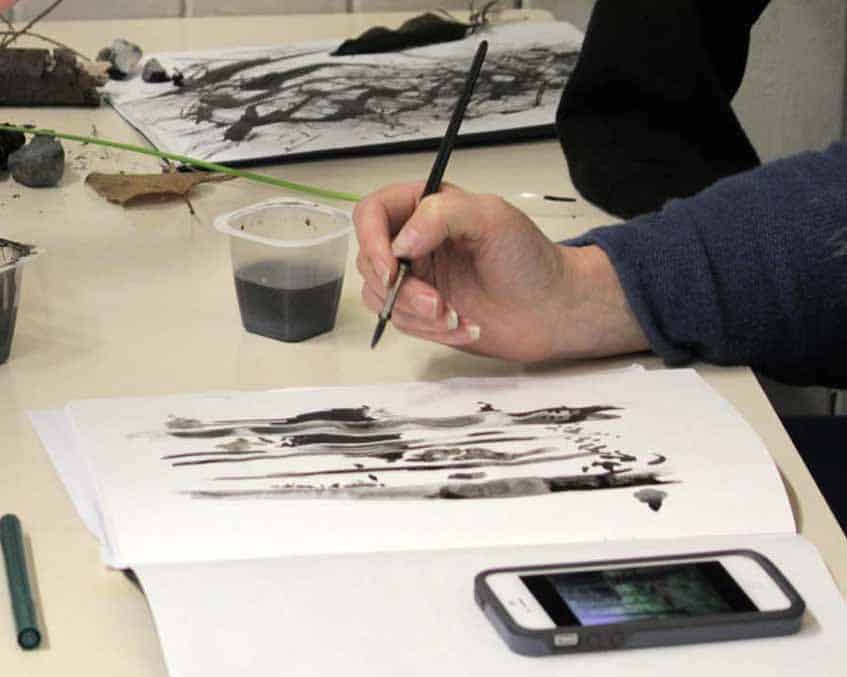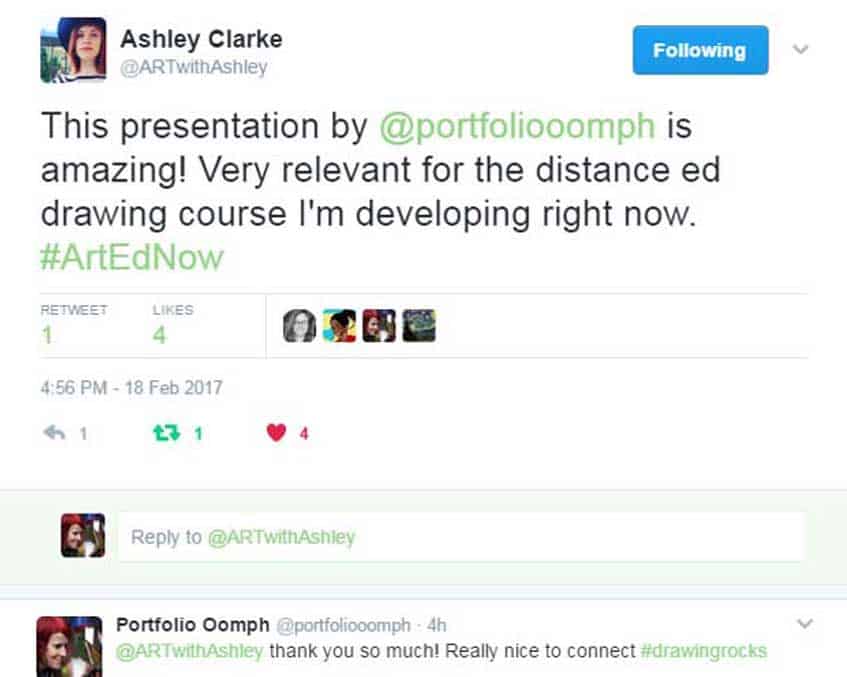Uncategorized
05 Oct Are you still working from photos?
...
04 Oct Getting dates and procedures in order
...
19 Jul Listen to Ed Sheeran about creativity
Listen to Ed Sheeran about creativity so, we were listening to Ed Sheeran on BBC's Desert Island discs today and what he says about how he writes his songs can so easily be applied to the drawing.
Artists like Ed Sheeran don't bring in two Grammys, four Brit awards, and global success for nothing. He's mastered his creativity and what it takes to produce this success - so I think there's no-one probably better to listen to!28 Jun the creative process to explore new ways
How easy do you find it not to be sure about something you do?How easy do you find it not to be sure about something you do? We've had another REALLY inspiring mentoring session this afternoon with a student who's exploring portraiture in the widest sense. The journey that is being undertaken is huge and it's so good to see when a student is trusting in the creative process. This really energizes ME and that should be how YOU feel when you're really into your work!
23 Jun Sketchbooks and mark making in nature
[vc_row css_animation="" row_type="row" use_row_as_full_screen_section="no" type="full_width" angled_section="no" text_align="left" background_image_as_pattern="without_pattern"][vc_column][vc_column_text css=""]Sketchbooks and mark making. We've had a great relationship with schools in the Dumfries and Galloway area of Scotland in the past year. 4 x 1-day workshops have taken place to inspire and engage young people in the area to challenge their techniques and processes and to think more about experimentation in their work. We also did a day workshop assisting students with the creation of their digital portfolios in preparation for their art college application.
Last week we journeyed down to Newton Stewart to take part in a residential in conjunction with the Outdoor Education Service in Dumfries and Galloway Council. 13 art and design students spent 3 nights down at Stronord Centre where they had time to focus fully on their art before commencing on their final 6th year at school after the summer holidays. Some of these students will be applying for art college, which was why we were invited to deliver a workshop.21 Jun Glasgow Sculpture and environmental art
...
19 Jun Drawing from life or from your phone?
...





